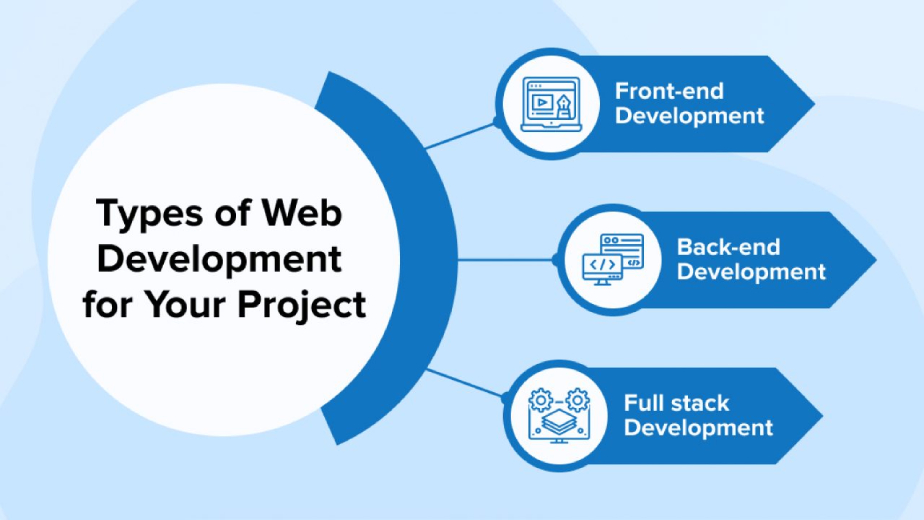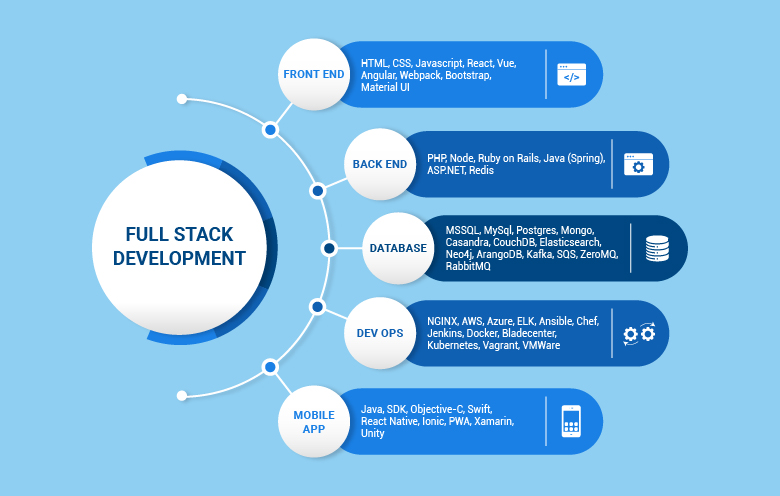Web development is the process of building, creating, and maintaining websites and web applications. It involves a range of tasks and skills, from designing the layout and user interface of a website to coding its functionality and ensuring it operates smoothly on various devices and browsers.

HTML (HyperText Markup Language): The standard markup language used to create web pages. It structures the content on the web.
CSS (Cascading Style Sheets): The style sheet language used to describe the presentation of a document written in HTML. It controls the layout, colors, fonts, and overall look of a website.JavaScript: A programming language that allows you to implement complex features on web pages, such as interactive forms, animations, and dynamic content updates.
Server-Side Languages: These include languages like PHP, Python, Ruby, and Node.js, which handle the logic, database interactions, and server configurations.
Databases: Systems like MySQL, PostgreSQL, MongoDB, and others store and manage data for websites and applications.
Server Management: Involves configuring and maintaining servers to host websites and applications, ensuring they run efficiently and securely.


A full-stack developer is skilled in both front-end and back-end development, capable of handling the entire development process from start to finish.
UI (User Interface) Design: Focuses on the look and feel of the website, ensuring it is visually appealing and easy to navigate. UX (User Experience) Design: Focuses on the overall experience of the user, ensuring the website is intuitive, accessible, and user-friendly.
Frameworks and Libraries: Tools like React, Angular, Vue.js for front-end development, and Django, Flask, Express.js for back-end development, which help streamline the development process.
Version Control Systems: Tools like Git help developers track changes to the codebase and collaborate with others.
Content Management Systems (CMS): Platforms like WordPress, Joomla, and Drupal allow users to create and manage website content easily without needing extensive coding knowledge.
Ensuring websites function well on a variety of devices and screen sizes, providing a seamless experience whether accessed on a desktop, tablet, or mobile phone.
Implementing measures to protect websites and user data from threats such as hacking, malware, and data breaches. This includes using HTTPS, secure coding practices, and regular updates.
Techniques to enhance the speed and efficiency of a website, such as optimizing images, leveraging browser caching, and minimizing code.
Web development is crucial in today's digital age as it helps businesses establish an online presence, reach a global audience, and provide services and information to users 24/7. A well-developed website can enhance brand credibility, improve customer engagement, and drive growth and success.
Whether you're looking to build a personal blog, an e-commerce site, or a complex web application, understanding the fundamentals of web development is the first step towards creating a successful online platform.